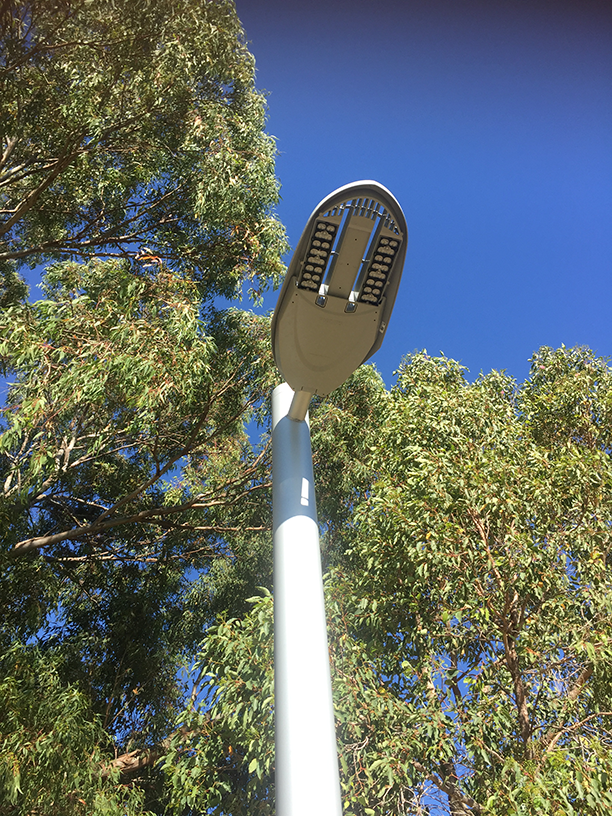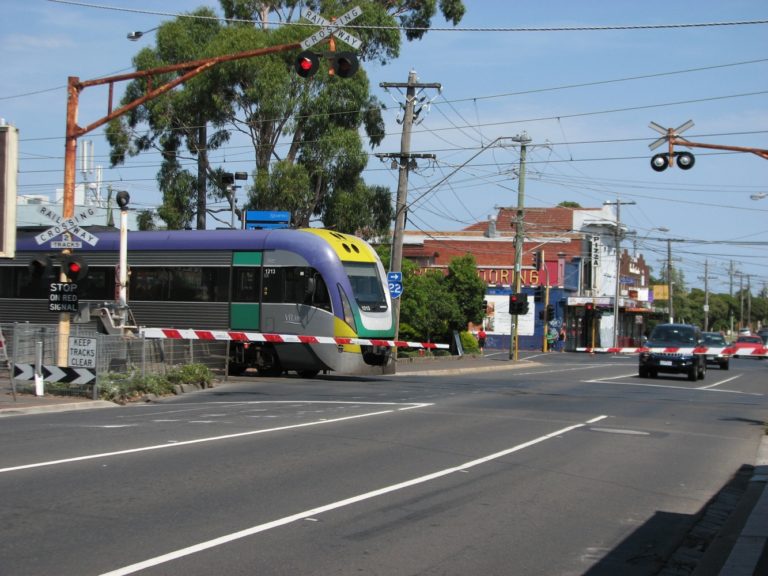Our clients are typically Councils and Government owned corporations to whom we provide services across the project life cycle from concept, through Engineering Design and Construction Award and Project Management of implementation phase, handover and Client acceptance.
The key initial step is to work closely with the client to develop a common understanding of what they are seeking to achieve in upgrading their services. At the same time asset condition assessments would be undertaken and reports provided detailing the work required to rectify existing and emerging problems and any potential problems that we identify through our experience.
These two steps need to work in parallel as each influences the other. The agreed way forward is documented in a Concept of Operations, which must be signed off by the client before further work proceeds.
Once the client signs off the ARCS team manages the project from start to finish. Key steps include;
- All relevant as built reports and drawings are reviewed and corrected as required to ensure they accurately describe the existing system.
- Undertake a systems HAZOP risk assessment.
- Prepare a suite of standard specifications based on the CONOPS report.
- RFT documents are prepared to a level of detail which minimises risk for the client and ensures the requirements detailed in the CONOPS report are achieved.
- Calling and evaluating tenders and making a recommendation to the client for contract award. In preparation for this stage we also prepare benchmark cost estimates.
- Management of the contract covering construction, commissioning and training of the client’s staff.
If required we also put in place maintenance contracts if the client does not have the necessary staff.
PROJECTS

MAIN ROADS ADAPTIVE LIGHTING CONTROL
In 2018 ARCS were engaged by Main Roads WA (MRWA) to assist with a problem that had arisen from the recently opened extension of the northern freeway. As part of this freeway extension project MRWA provided a path for joint use by pedestrians and cyclists. Site constraints resulted in a 400 metre section of this path being built adjacent to the noise wall, which resulted in numerous complaints in relation to light spill from residents on the other side of the noise wall.

We don’t mind noisy clients
ARCS have developed a noise monitoring system that interfaces to our web or client server and provides profiles for noise under different rail operating environments.

LEVEL CROSSING MANAGER
LEVEL CROSSING MANAGER Managing Level CrossingsBetter, safer, faster, smarter Nitty-gritty technical challenges, like scouring the globe to source the best product for a given solution, or inventing one that’s even
